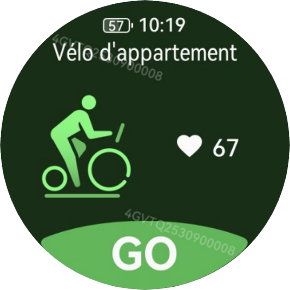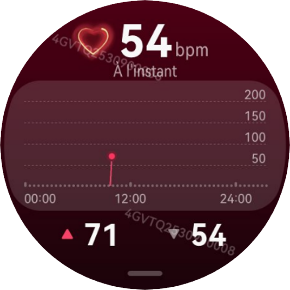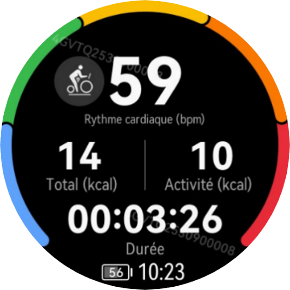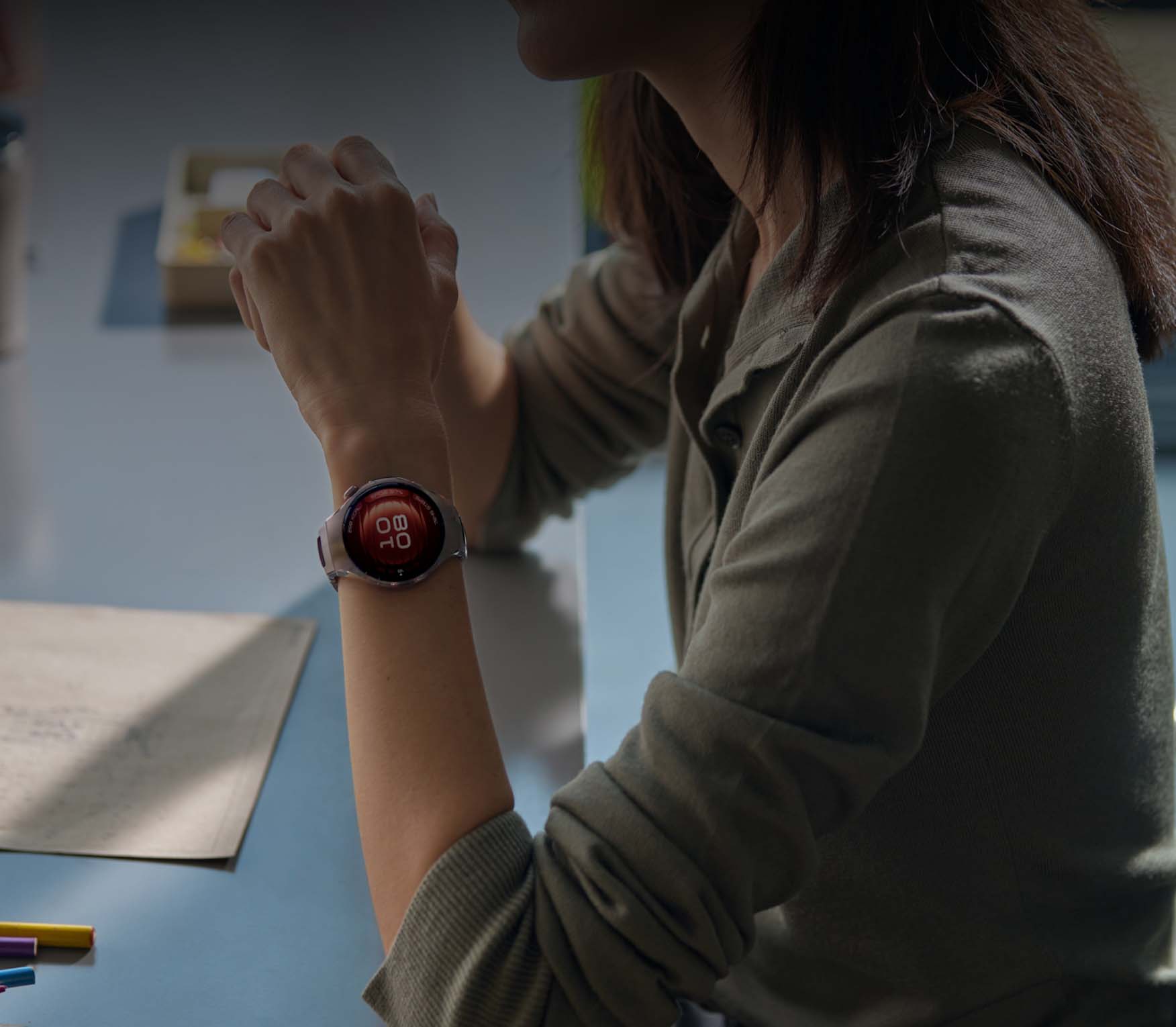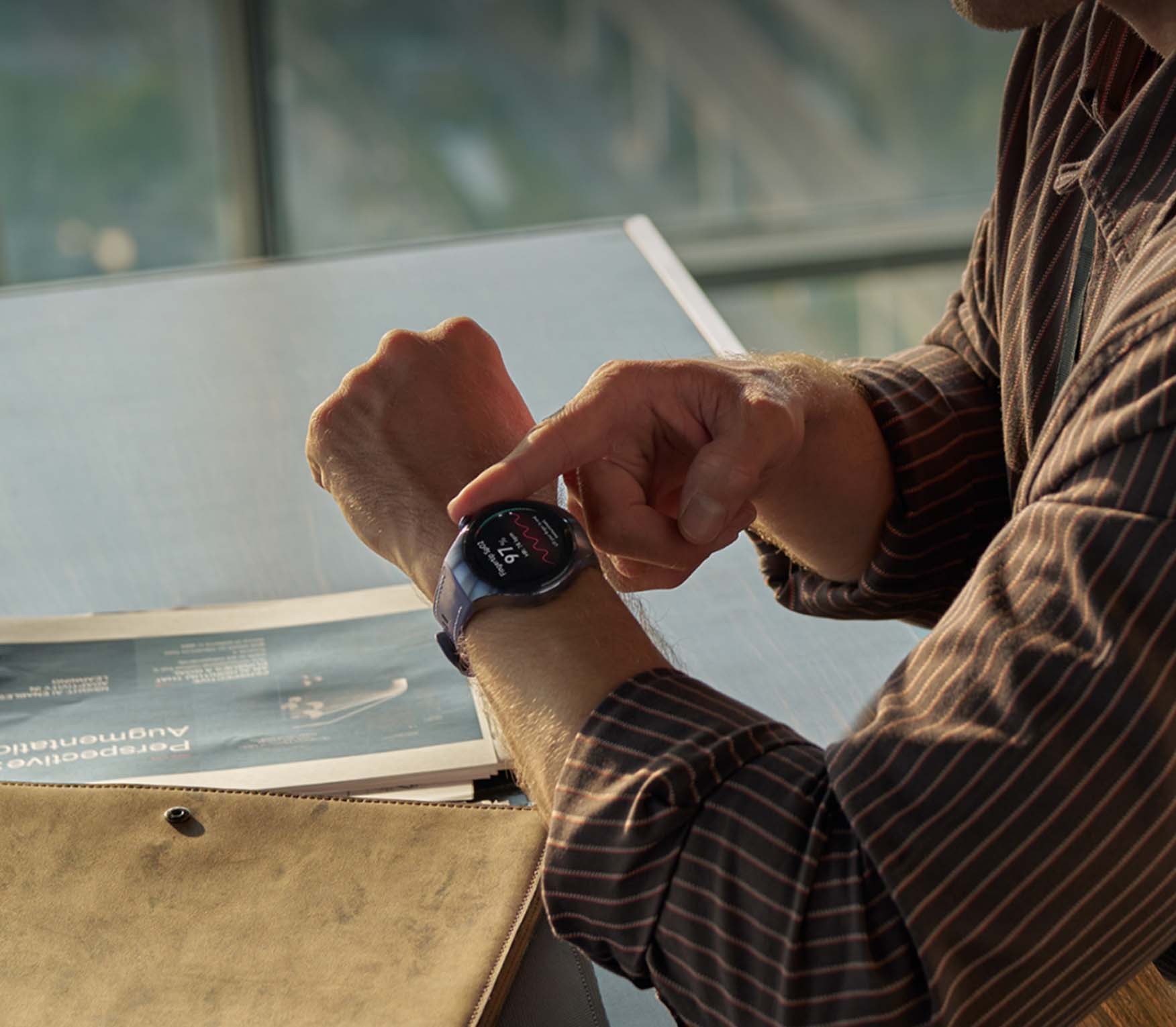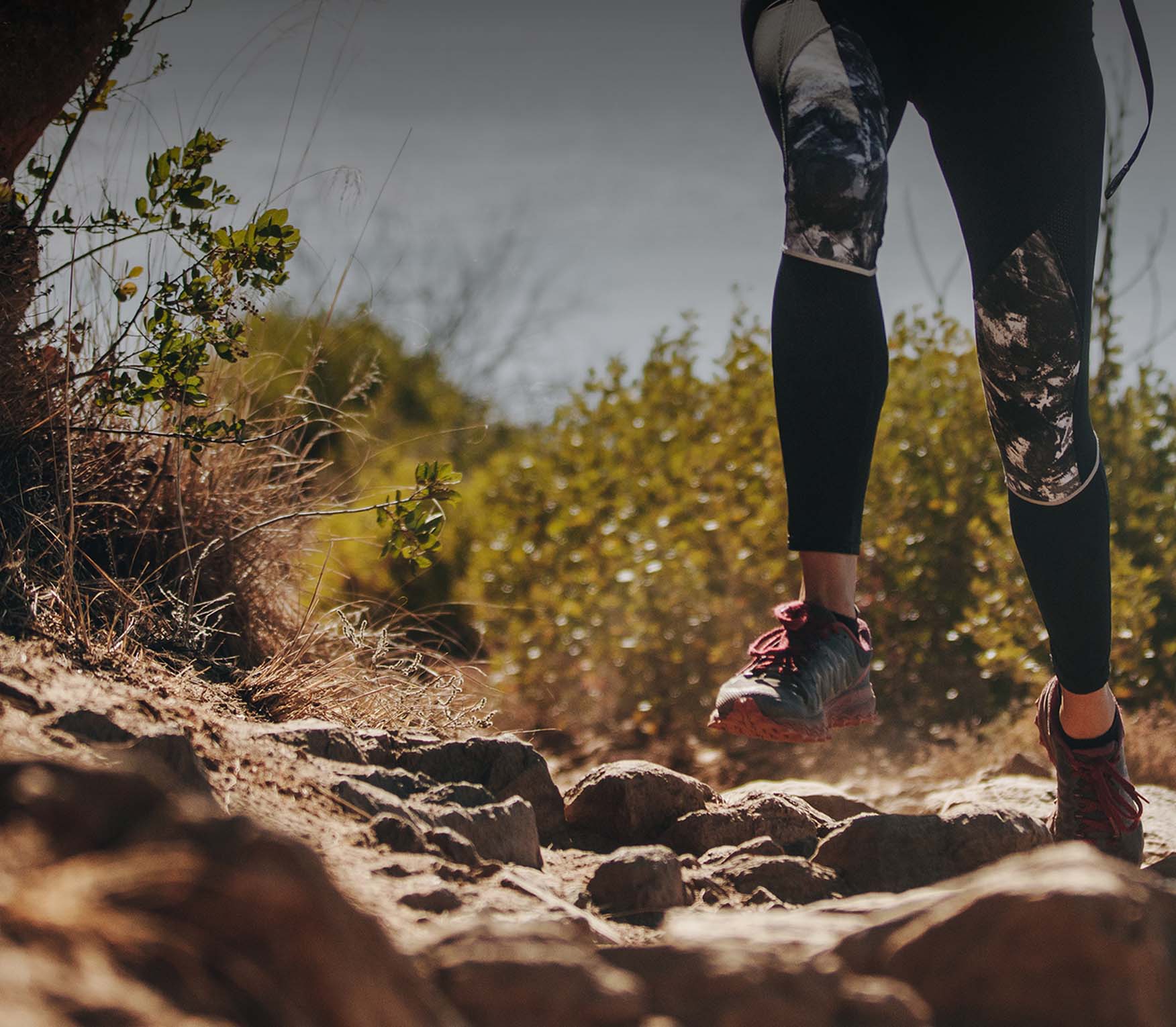Optimizing High-Altitude Workouts with HUAWEI WATCH 5
Written by Aurélien Dunand-Pallaz
Optimizing High-Altitude Workouts with
HUAWEI WATCH 5
Written by Dr. Daniel M. Plecity
HUAWEI WATCH 5 with X-Tap: A 60-Second Glance Into Your Health
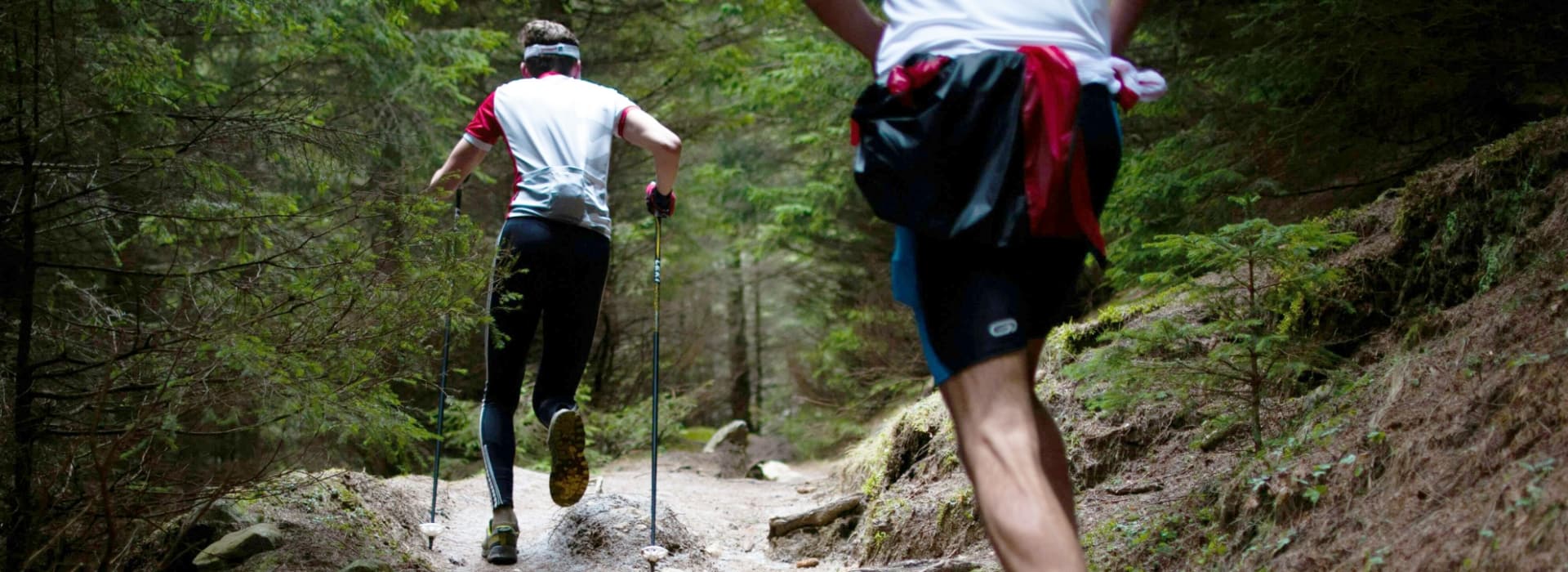
IN THIS ARTICLE
01.Introduction
02.My Experience with the Hardrock 100
03.Key Metrics to Monitor During Altitude Training
INTRODUCTION
While not everyone has the opportunity to attend high-altitude training camps, the use of altitude simulators at home offers a valuable alternative. Simple to use and easily combined with a home trainer or treadmill, these devices allow athletes to prepare for races held at elevation and to stimulate key physiological adaptations, such as increased VO₂max, higher endogenous erythropoietin (EPO) production, and cardiovascular improvements.
In this article, I will share my personal experience using an altitude simulator and smartwatch technology during my preparation for one of the world’s most prestigious ultra-trail races.
MY EXPERIENCE WITH THE HARDROCK 100
In July 2023, I won the Hardrock 100 in Colorado, one of the toughest trail runs on the planet. This iconic ultramarathon spans 161.7 km, featuring 10,073 meters of ascent and an equal amount of descent. The course averages over 3,350 meters in altitude and a summit of Handies Peak at 4,287 meters. To prepare for these extreme conditions, I incorporated an altitude simulator into my training regimen, completing four sessions per week over the course of one month.
Each session involved using a home trainer while simulating an altitude of 3800 meters. Research suggests that training at simulated altitudes above 2500 meters can trigger beneficial hematological adaptations, including increased red blood cell mass and improved oxygen transport.

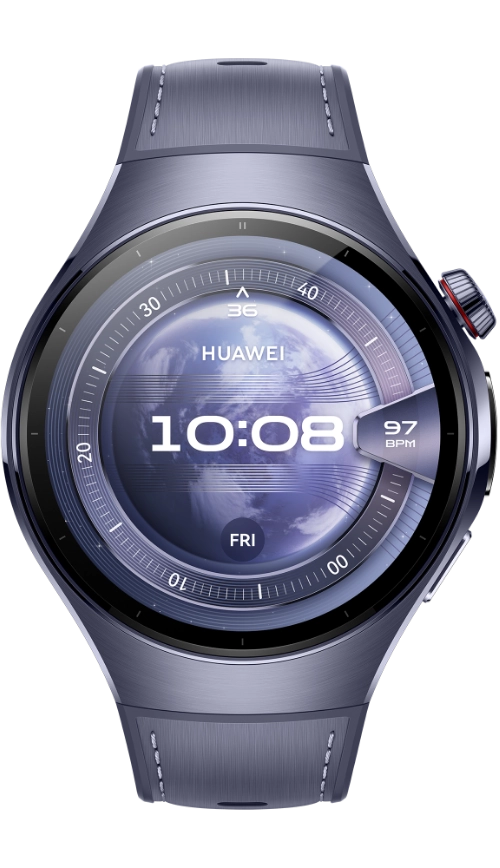
Aerospace-grade titanium / Luxury 904L stainless steel
Multi-sensing X-TAP Technology
One-tap Health Glance
eSIM Cellular Calling
GOOD TO KNOW
Simulated altitude training uses various methods to expose the body to reduced oxygen levels, promoting endurance, recovery, and performance gains.
·Hypoxic Chambers
Train or recover in special rooms with reduced oxygen levels.
·Hypoxic Tents
Sleep in low-oxygen tents to boost adaptation ("live high, train low").
·Breathing Devices / Masks
Wearable systems that simulate altitude during workouts.
·Intermittent Hypoxic Exposure (IHE)
Alternate between low-oxygen and normal air while resting.
·Simulated Altitude Rooms
Stay in hotel-like hypoxic environments for longer adaptation phases.
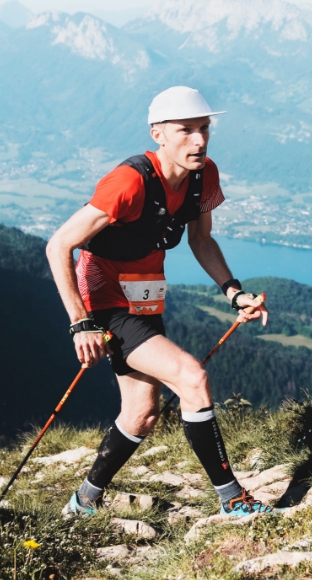
KEY METRICS TO MONITOR DURING ALTITUDE TRAINING
Back in the days, I was already using wearables extensively to monitor critical physiological parameters. Today, the latest generation of HUAWEI WATCH 5 offers even faster access to all key information through the new multi-sensing X-Tap sensor, providing results within seconds. Thanks to its easy-to-use SpO₂ function, I could easily measure my blood oxygen saturation by simply resting my right index finger on the sensor integrated into the watch face.
X-Tap works in a matter of seconds, and the watch supports continuous SpO₂ monitoring, even after your finger is not on the X-Tap sensor, so I can see my blood oxygen saturation quickly rise again after my training is completed – quite similar to a fingertip oximeter.

[1]
During my everyday training, I use simulated altitude training by incorporating a hypoxic breathing mask during indoor bike sessions. This allows me to expose my body to reduced oxygen levels while maintaining my regular workout routines, helping to boost endurance and improve overall performance over time. I also found that the values between my hypoxic breathing mask and the HUAWEI WATCH 5 didn’t vary much.
[2]
At simulated 3800 meters and exercising at 75% of my maximum heart rate, it was not uncommon for my SpO₂ levels to drop to around 70%. Scientific guidelines suggest that exercising at such low oxygen saturations should be approached with caution, as levels below 65% can significantly impair performance and recovery.
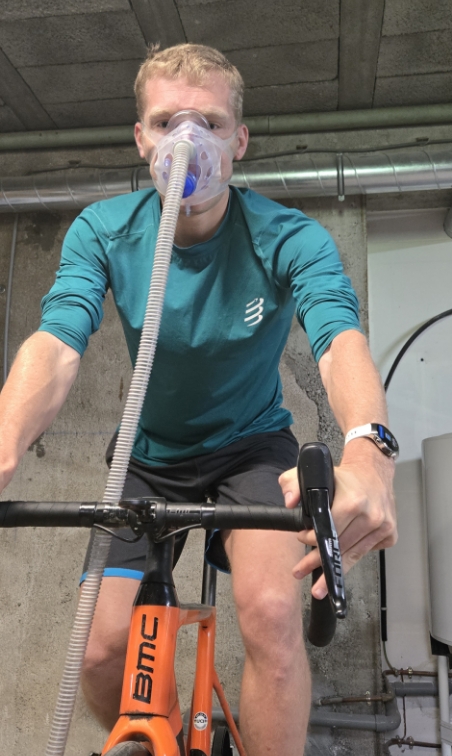
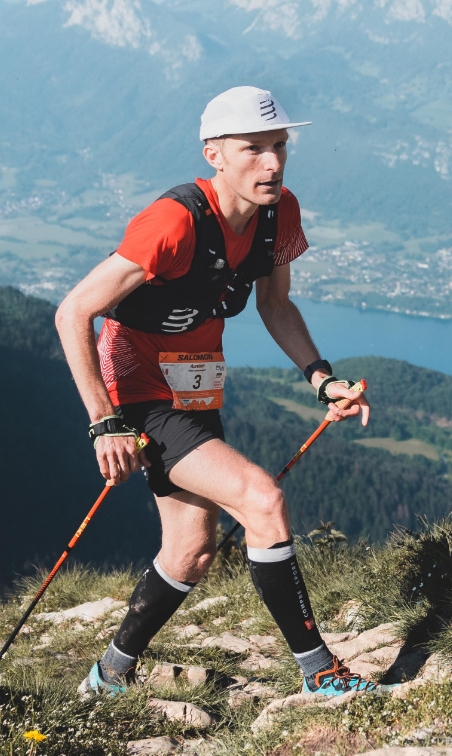
[3]
Whenever my SpO₂ dropped too low, I either reduced the intensity or paused the session altogether. Importantly, I also observed that my SpO₂ values normalized (above 96%) within less than one minute after ceasing exercise a reassuring indicator of good recovery capacity.
Another essential metric during simulated altitude training is Heart Rate Variability (HRV), a marker of autonomic nervous system function and recovery status. With the HUAWEI WATCH 5, tracking my HRV has become even easier and more practical compared to other devices. I often check my HRV to guide my training: if the values are in a good range, I continue with intense sessions; if they are lower than usual, I adjust with an easy workout or take a full rest day. From my experience, keeping an eye on HRV like this is a simple but very effective way to avoid overtraining and support proper adaptation.

GOOD TO KNOW
Heart Rate Variability (HRV)
Measures the variation in time between heartbeats, a key indicator of your body's recovery and resilience. Higher HRV typically signals good recovery, and readiness for training, while lower HRV can indicate stress, fatigue, or insufficient recovery.
Altitude simulation training can be a powerful tool for enhancing endurance performance. However, monitoring physiological parameters such as SpO₂, HRV, heart rate, and skin temperature is essential to ensure safe and effective adaptation.

HUAWEI’s Sound Support
Finally, I was also able to test the brand's latest headphones, HUAWEI FreeBuds 6,
During my recent travels. While I’m not much of a music fan and didn’t use them much for listening to songs or podcasts, I found them incredibly helpful in other ways.
I mainly used them for phone calls and to block out ambient noise, especially in airports, on trains, or during flights. The noise-canceling function worked impressively well;
It helped me tune out the constant background hum of announcements, engines, and crowds, allowing me to rest or focus even in hectic environments. They also proved to be excellent for conversations: whether I was coordinating travel plans or just catching up with someone back home.
In addition, I found that the headphones would work exceptionally well in combination with a smartwatch during training runs or jogs, whether one is tracking their pace or listening to guided workouts.
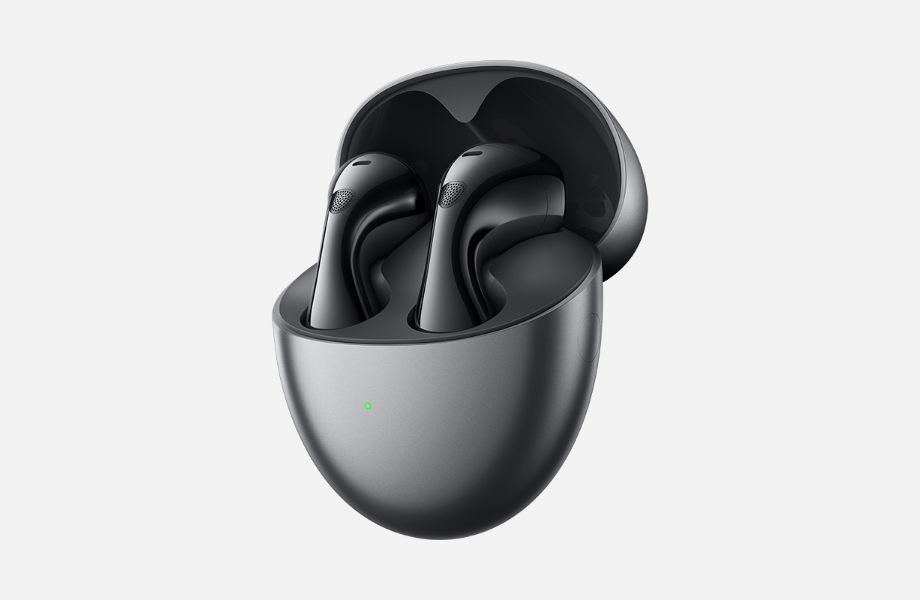
CONCLUSION
The intuitive and accessible features of the HUAWEI WATCH 5 provided me, as a professional athlete, with critical insights throughout my training. By balancing stress and recovery with the help of wearable technology, athletes can maximize the benefits of altitude exposure while minimizing associated risks.
The author of this article is Aurélien Dunand-Pallaz. The views expressed are his own.
The information is to be used as general information only, and is not to be taken as advice with respect to any individual situation and cannot be relied upon as such. A healthcare provider should be consulted when attempting to diagnose a condition or when determining the best course of action for any health-related concern.
Users should exercise in a safe and suitable manner which is commensurate to their own exercise capabilities and limits.
The heart rate, X-Tap, Spo₂, skin temperature and heart rate variability features are not medical devices, and therefore its monitoring data and results are for reference only and should not be used as a basis for medical diagnosis or treatment.
References
1. Chen B et al. (2023): Effect of altitude training on the aerobic capacity of athletes: A systematic review and meta-analysis.
2. Millet, G. P et al. (2010): Combining hypoxic methods for peak performance.
3. Plews, D. J. et al. (2013): Training adaptation and heart rate variability in elite endurance athletes: Opening the door to effective monitoring.

Aurélien Dunand-Pallaz

Copied



